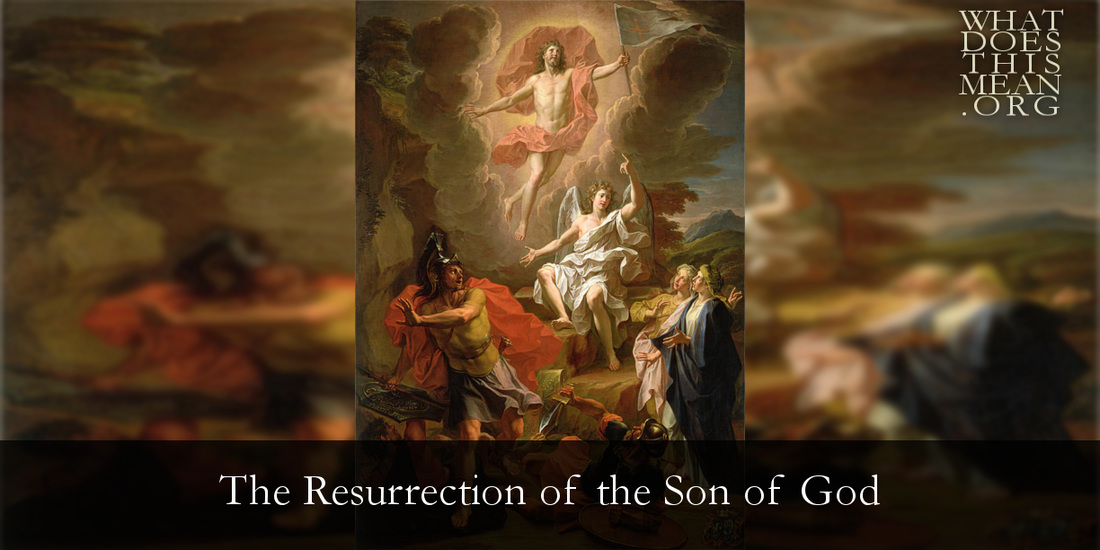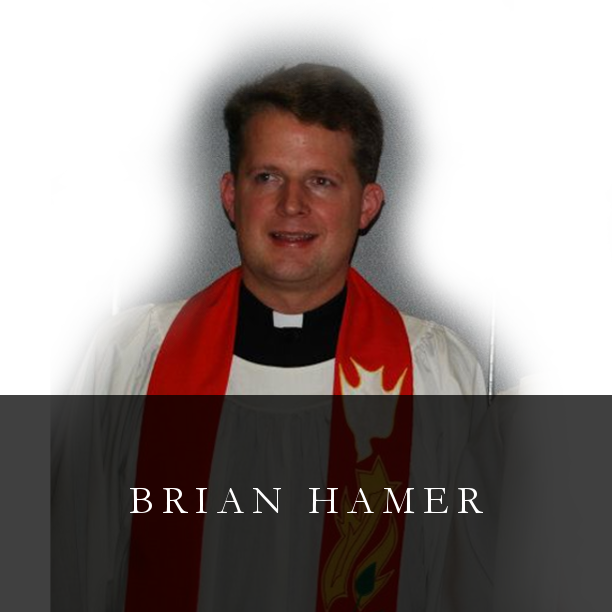And be crucified and on the third day rise.
-- St. Luke 24:7
| Kyrie Gloria in Excelsis Nicene Creed Sanctus Agnus Dei | Lord, have mercy upon us Glory be to God on high I believe in one God, etc. Holy, holy, holy O Christ, Thou Lamb of God | St. Mark 10:47 Luke 2:14; John 1:29 [numerous verses] Is. 6:3; Matt. 21:9 John 1:29 |
So how did the Mass in B Minor come to exist if Bach did not write it for a specific occasion? The Kyrie and Gloria, known in Lutheran circles as a Missa Brevis or Brief Mass, were presented as a gift to the Saxon Elector Friedrich August II in 1733, but there is no hard evidence that they were ever performed in Bach’s lifetime. The Sanctus was composed for Christmas Day in 1724, and was performed in Bach’s lifetime on multiple occasions. The remaining Mass movements, including the Et resurrexit, that this column will explore, were newly written or adapted from previous compositions between August 1748 and October 1749, not long before Bach’s death in 1750. Thus the Mass in B Minor evolved over a period of some 35 years, largely as “a summation and culmination on Bach’s part of the forms and expressions of his time, similar to what he accomplished in writing The Art of the Fugue—gifts for posterity” (Robert Summer, Choral Masterworks from Bach to Britten, pp. 1-2). How astonishing to think that, of the incomparable treasures in the Mass in B Minor, Bach might have heard only the Sanctus in his lifetime!
Listen to Et resurrexit, following the rolling score (guided by the red line), with color-coding in dark blue for thematic groupings. Pay special attention to anything that occurs in groups of 3:
| And the third day He rose again according to the Scriptures And ascended into heaven and sits at the right hand of [God] the Father and He will come again with glory to judge both the quick and the dead, whose kingdom will have no end. | Et resurrexit tertia die secundum scripturas. Et ascendit in coelum, sedet ad dexteram [Bach adds the word Dei] Patris et iterum venturus est cum gloria judicare vivos et mortuos, Cujus regni non erit finis. |
- The rising sixteenth notes in the voices might be “an image from the Easter story, in which the news of Christ’s resurrection spreads like wildfire from one person to another” (p. 79).
- “[A]ll the instruments and vocal forces combine within a virtuosic concerto movement to depict vitally and enthusiastically the jubilation of the resurrection of Christ” (p. 78).
- “Nowhere in the history of Mass composition is the belief in the resurrection expressed with such absolute confidence as it is here” (p. 78).
The significance of the third day theme in Christian theology cannot be overstated. In Genesis 1:9-13, the third day is the day that God created vegetation, the beginning of the ongoing cycle of death that we see every fall and the new life that we behold every spring, the season of Eastertide. In Hosea, the third day is the day that God will restore His penitent people to life and salvation through the forgiveness of sins: “After two days [the Lord] will revive us; on the third day he will raise us up, that we may live before him” (6:2) St. Luke uses the phrase most frequently (at least six times with explicit reference to Jesus’ resurrection) among the evangelists, with language that closely parallels that of the Creed:
| Passion Prediction (Luke 9:22) And the third day rise Resurrection Narrative (Luke 24:7) And the third day rise Nicene Creed And the third day He rose | et tertia die resurgere et die tertia resurgere et resurrexit tertia die |
| For I delivered to you as of first importance what I also received: that Christ died for our sins in accordance with the Scriptures, that he was buried, that he was raised on the third day in accordance with the Scriptures, and that he appeared to Cephas, then to the twelve (I Cor. 15:3-5, ESV). |
He is risen indeed! Alleluia!



 RSS Feed
RSS Feed
